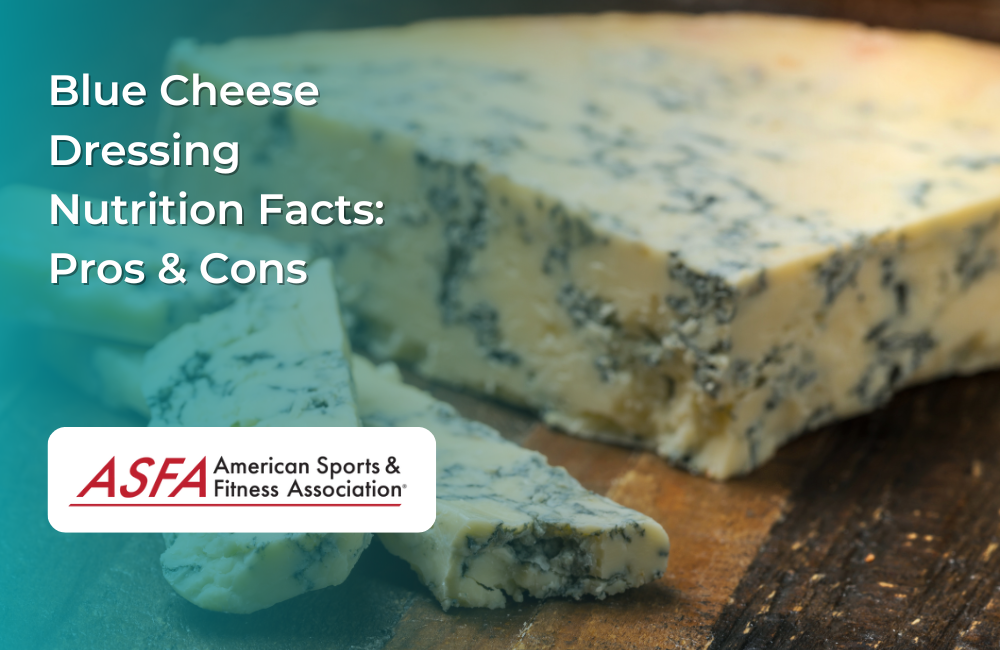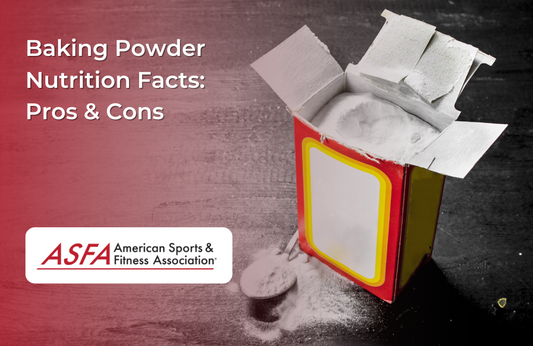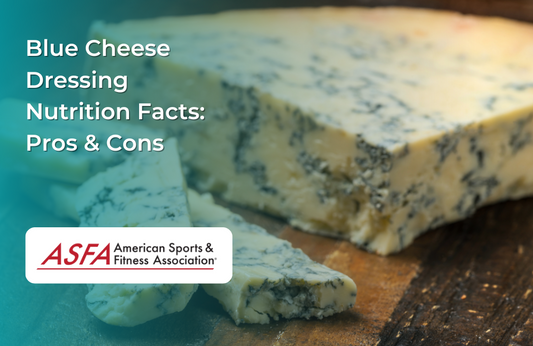Blue cheese dressing is a rich, creamy condiment often used as a salad dressing or dipping sauce. It is made with blue cheese, mayonnaise, sour cream, buttermilk, and seasonings, giving it a distinct tangy flavor. While it provides healthy fats and calcium, it is also high in calories, saturated fat, and sodium. Understanding the pros and cons of blue cheese dressing helps in making informed dietary choices.
Blue Cheese Dressing Nutrition Facts Pros Cons: A Detailed Analysis of Eating It
What is Blue Cheese Dressing?
Definition and Ingredients
Blue cheese dressing is a rich and flavorful salad dressing made primarily from blue cheese, known for its strong, pungent flavor and creamy texture. This cheese dressing typically combines blue cheese with mayonnaise or sour cream, along with various seasonings to enhance its taste. Ingredients like lemon juice and garlic are often added to provide a tangy and savory flavor profile. Some blue cheese varieties, like Danish Blue, have a mild flavor and creamy texture, making them more appealing to those who may not appreciate stronger blue cheese varieties. The result is a versatile salad dressing that can elevate the taste of many dishes.
Types of Blue Cheese Dressing
There are several varieties of blue cheese dressing, each offering a unique taste and texture:
-
Full-fat Blue Cheese Dressing: Made with full-fat mayonnaise or sour cream, this type boasts a rich, creamy texture and a robust flavor.
-
Low-fat Blue Cheese Dressing: Using low-fat mayonnaise or sour cream, this version has a lighter, more tangy flavor while still providing the creamy texture.
-
Fat-free Blue Cheese Dressing: Crafted with fat-free mayonnaise or sour cream, this type has a much lighter, almost watery texture, making it a lower-calorie option.
-
Homemade Blue Cheese Dressing: This customizable option allows you to adjust the ingredients to suit your taste, using blue cheese, mayonnaise or sour cream, and various seasonings.
Culinary Uses of Blue Cheese Dressing
Blue cheese dressing is incredibly versatile and can be used in numerous ways:
-
As a Salad Dressing: Perfect for adding a burst of flavor to salads, it pairs well with a variety of greens, vegetables, and other ingredients.
-
As a Dip: Ideal for dipping vegetables, crackers, and other snacks, providing a creamy and tangy complement.
-
As a Sauce: Excellent as a sauce for grilled meats like chicken and steak, adding a rich and savory element. It is particularly great with grilled chicken, making it a satisfying and healthy option for a keto diet.
-
As a Topping: Great for topping baked potatoes, salads, and other dishes, enhancing their flavor and texture.
Blue Cheese Dressing Nutrition Facts
Blue cheese dressing is a nutrient-rich condiment that provides several essential vitamins and minerals. Here is a detailed breakdown of the nutrition facts for blue cheese dressing:
-
Calories: 130-140 per 2-tablespoon serving
-
Total Fat: 14-16g (22-25% of the Daily Value (DV))- Saturated Fat: 3-4g (15-20% of the DV)
-
Monounsaturated Fat: 2-3g
-
Polyunsaturated Fat: 4-5g
-
Cholesterol: 10-15mg (3-5% of the DV)
-
Sodium: 250-300mg (10-12% of the DV)
-
Total Carbohydrates: 2-3g (1-2% of the DV)- Sugars: 1-2g
-
Protein: 1-2g (2-4% of the DV)
-
Calcium: 10-15% of the DV
-
Phosphorus: 10-15% of the DV
-
Vitamin A: 10-15% of the DV
-
Vitamin K: 25-30% of the DV
This cheese dressing is not only a flavorful addition to your meals but also a source of important nutrients. While it does contain saturated fats, it also provides healthy fats that can support overall health when consumed in moderation. The presence of calcium and other essential vitamins makes it a valuable addition to a balanced diet.
Good Source of Calcium for Bone Health
Blue cheese contains calcium, which:
-
Supports bone strength and density.
-
Aids muscle and nerve function.
Consuming calcium-rich foods like blue cheese can contribute to better bone health and lower the risk of osteoporosis.
Provides Healthy Fats
Depending on the ingredients, blue cheese dressing may contain monounsaturated and polyunsaturated fats, which:
-
Support brain function and heart health.
-
Help with hormone production.
Additionally, the spermidine content in blue cheese may promote cardiovascular health by reducing the risk of heart disease and lowering blood pressure.
Adds Flavor to Meals
Blue cheese dressing has a bold, tangy taste, allowing for smaller portions to add flavor without excessive use.
Contains Probiotics (in Some Varieties)
Blue cheese is a fermented cheese, meaning it may contain beneficial probiotics that support gut health and digestion.
Brain Health and Cognitive Function
May Enhance Memory
Blue cheese dressing may offer several health benefits, particularly for brain health and cognitive function. One of the key components in blue cheese is spermidine, a natural polyamine that has been shown to positively affect memory and cognitive function. Spermidine is found in various foods, including blue cheese, and is known for its potential to improve memory and reduce the risk of age-related cognitive decline.
In addition to spermidine, blue cheese dressing contains several other nutrients that support brain health:
-
Calcium: Essential for the health of the brain and nervous system, calcium may help improve cognitive function.
-
Protein: Important for brain and nervous system health, protein can contribute to better cognitive performance.
-
Healthy Fats: Blue cheese dressing includes monounsaturated and polyunsaturated fats, which are beneficial for brain health and cognitive function.
Incorporating blue cheese dressing into a balanced diet may provide these health benefits, making it a tasty and potentially beneficial addition to your meals.
Blue Cheese Dressing and Gut Health
Blue cheese dressing contains a type of bacteria called Penicillium roqueforti, which is also found in blue cheese. This bacteria has prebiotic properties, meaning it can help feed the good bacteria in your gut, promoting a healthy gut microbiome.
Consuming blue cheese dressing may support the growth of beneficial bacteria such as Lactobacillus and Bifidobacterium. These bacteria play a crucial role in maintaining a healthy immune system, producing essential vitamins, and regulating inflammation.
Additionally, the fermentation process involved in making blue cheese dressing creates compounds with anti-inflammatory properties. These compounds may help reduce inflammation in the gut, promoting overall gut health. So, adding a bit of this tangy, creamy dressing to your meals could be a tasty way to support your digestive health.
Blue Cheese Dressing and Immune System
Blue cheese dressing contains several compounds that may help support immune function. The bacteria present in blue cheese, such as Penicillium roqueforti, have been shown to stimulate the immune system and increase the production of antibodies.
The fatty acids in blue cheese dressing, particularly monounsaturated and polyunsaturated fats, may help reduce inflammation and promote immune function. Additionally, the antioxidants in blue cheese dressing, such as vitamin E and beta-carotene, can help protect cells from damage and support immune health.
Consuming blue cheese dressing may also support the health of the gut-associated lymphoid tissue (GALT), an important part of the immune system. The prebiotic properties of blue cheese dressing help feed the good bacteria in the gut, promoting a healthy gut microbiome and supporting immune function.
Overall, blue cheese dressing can be a nutritious addition to a healthy diet, providing essential vitamins and minerals, as well as compounds that support gut health and immune function.
Cons of Eating Blue Cheese Dressing
High in Calories and Fat
Blue cheese dressing is calorie-dense, with many varieties containing 120-150 calories per 2-tablespoon serving, making it easy to overconsume.
-
Often made with mayonnaise and sour cream, increasing fat content.
-
Can contribute to excess calorie intake if used in large amounts.
Individuals with mold allergies, sensitivities to dairy, or those prone to headaches should avoid blue cheese, particularly unpasteurized varieties.
High in Saturated Fat
Most blue cheese dressings contain significant amounts of saturated fat, which:
-
May contribute to high cholesterol if consumed in excess.
-
Should be balanced with unsaturated fats for heart health.
While blue cheese dressing contains significant amounts of saturated fats, it also provides healthy fats that can support heart health when consumed in moderation.
High in Sodium
Many store-bought blue cheese dressings are high in sodium, with 300-400 mg per serving, which:
-
May contribute to high blood pressure.
-
Can lead to excessive sodium intake when combined with other salty foods.
May Contain Artificial Additives and Preservatives
Store-bought versions may include:
-
Artificial thickeners or preservatives.
-
Added sugar or processed oils.
Choosing homemade versions or high-quality brands can help avoid unnecessary additives. Additionally, it is important to check the freshness of blue cheese, as consuming spoiled blue cheese can lead to food poisoning or health complications.
Conclusion
Blue cheese dressing is a flavorful, creamy condiment that provides calcium, healthy fats, and probiotics but is also high in calories, saturated fat, and sodium. Moderation is key, and opting for homemade or lower-fat versions can help make it a healthier choice.
FAQs
Is blue cheese dressing bad for you?
It can be high in calories, fat, and sodium, but in moderation, it can be part of a balanced diet. Blue cheese consumption can offer health benefits such as boosting the immune system and aiding in bone health, but it should be consumed in moderation.
How can I make blue cheese dressing healthier?
Using Greek yogurt instead of mayonnaise or making a homemade version with fewer processed ingredients can reduce calories and fat.
While consuming blue cheese can enhance meals and offer nutritional advantages, it may not be safe for everyone, particularly individuals on certain medications or those susceptible to headaches.
How much blue cheese dressing should I eat?
A 2-tablespoon serving is a reasonable portion, but measuring it out helps avoid excessive calorie intake.
Does blue cheese dressing contain probiotics?
Some natural blue cheese varieties contain probiotics, but store-bought dressings may have fewer live cultures due to processing.





